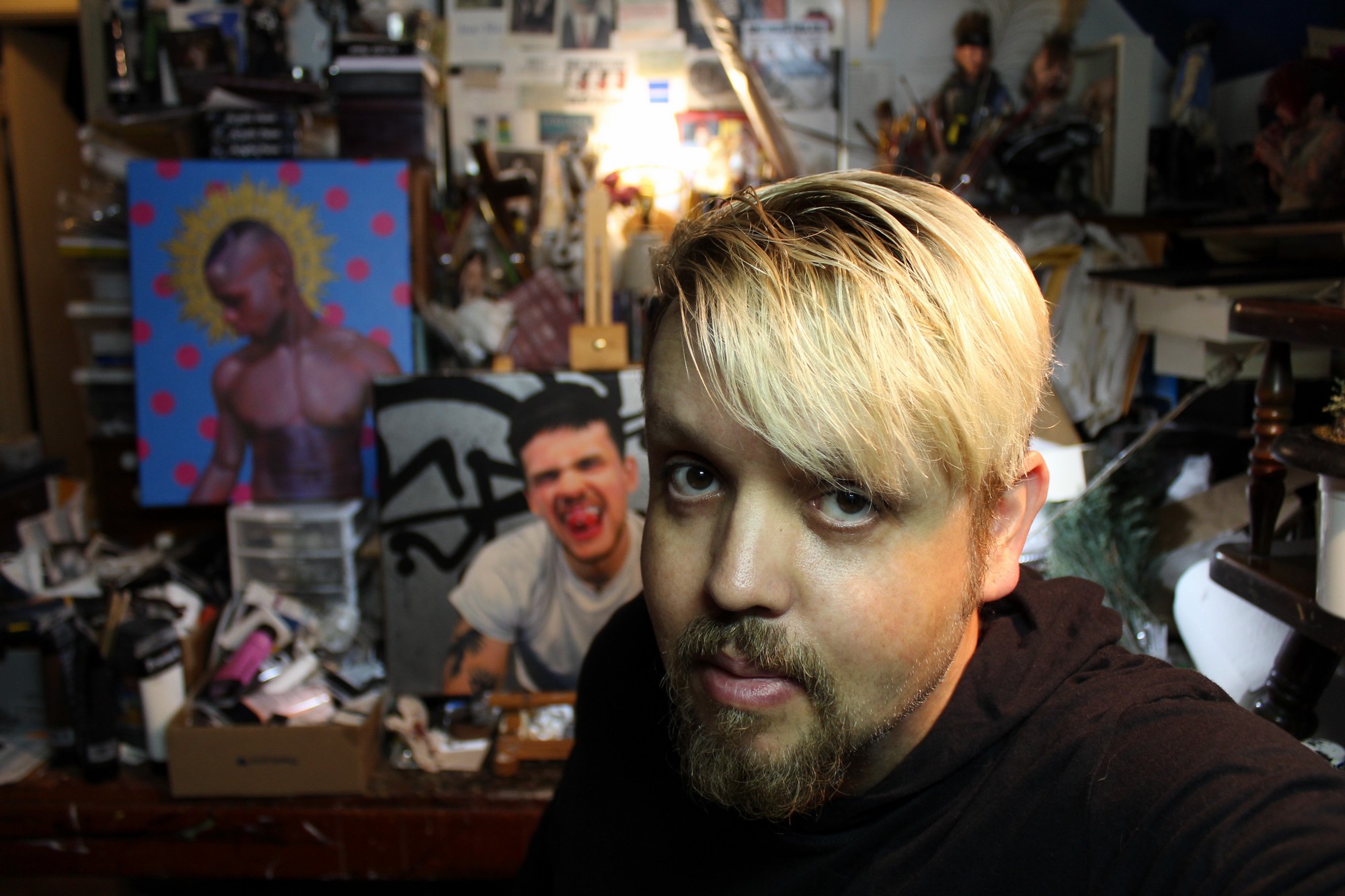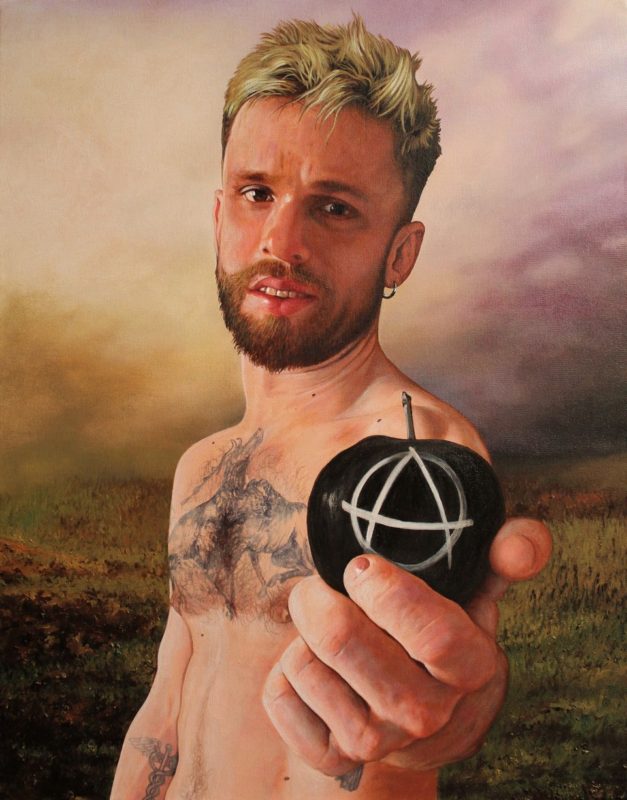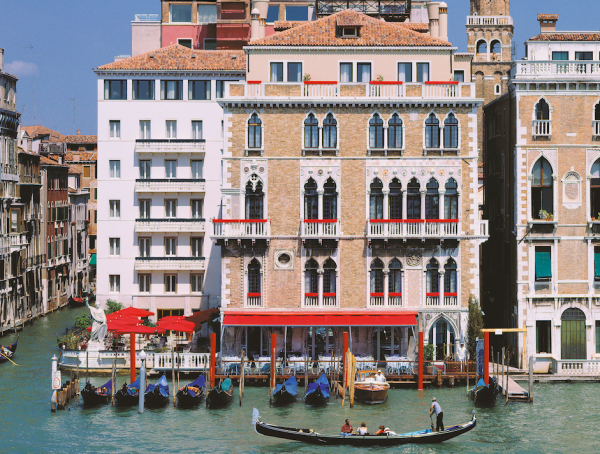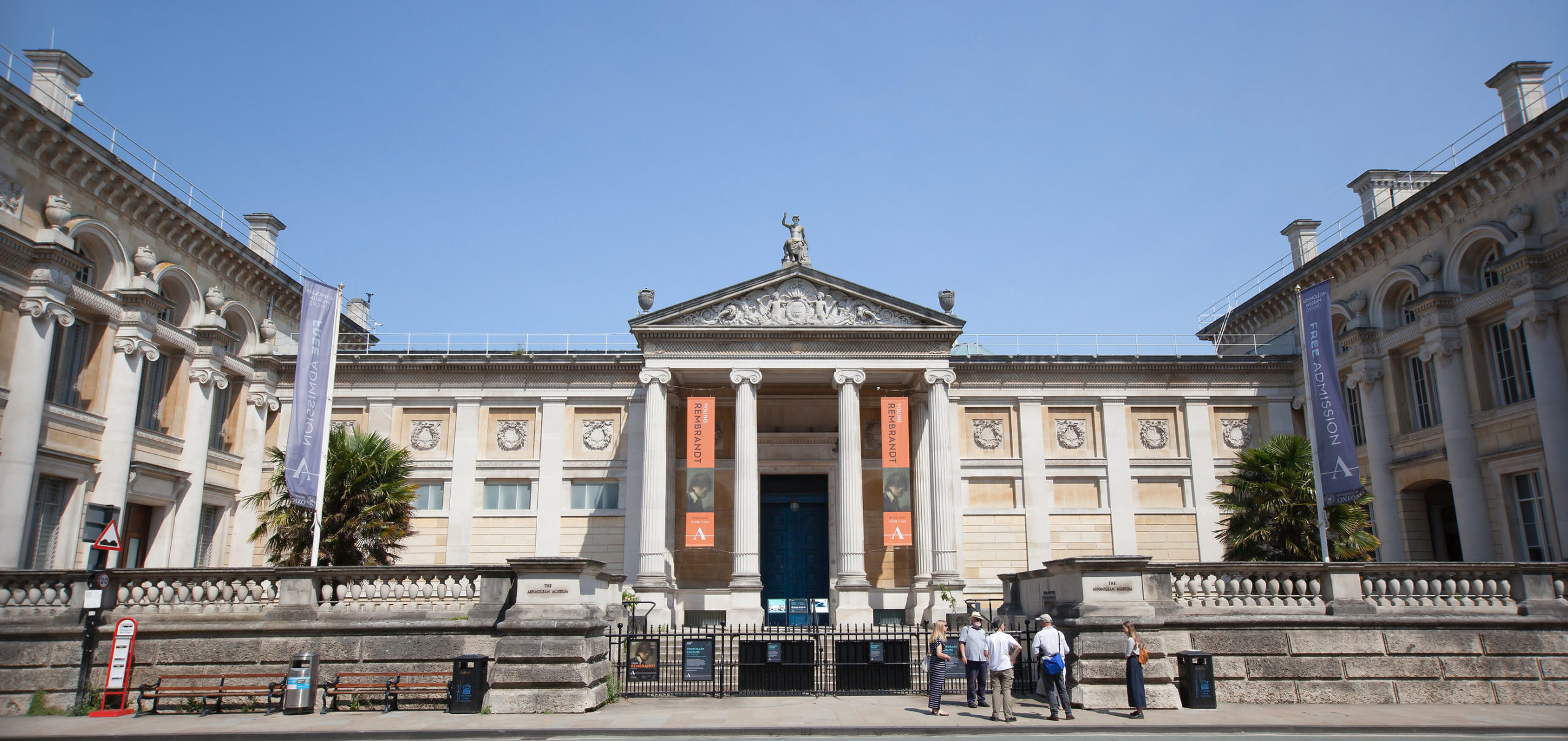The punk community has always attracted those who do not fit in with the restrictive social norms. The rebellious spirit of this movement is particularly appealing to many LGBTQ+ people who seek the freedom of expression that punk provides. We cannot talk about the history of punk art without mentioning the work of Fernando Carpaneda, a Brazilian artist who has been creating sculptures and paintings centering on queerness and punk since the 80s. He is one of the very first artists to exhibit explicitly homoerotic artwork in Brazil and an important figure in the punk art scene in New York. Keep reading to explore the wild and free world of queer punk art by Fernando Carpaneda.

Queer Punk: The Art of the Brazilian Artist Fernando Carpaneda
 Fernando Carpaneda spent a large portion of his life in Brazil. He was 13 years old when he showed his work at an exhibition for the first time. In the 1990s, Carpaneda moved to New York and started living in a squat house in Manhattan, which was inhabited by musicians, artists, and activists. During that time, the Brazilian artist actively participated in the life of the American punk art scene. In 1995, he held several art exhibitions at CB`s 313 Gallery, the birthplace of American punk, where he would later exhibit his sculptures at the “Back to the Bowery” exhibition in 2005.
Fernando Carpaneda spent a large portion of his life in Brazil. He was 13 years old when he showed his work at an exhibition for the first time. In the 1990s, Carpaneda moved to New York and started living in a squat house in Manhattan, which was inhabited by musicians, artists, and activists. During that time, the Brazilian artist actively participated in the life of the American punk art scene. In 1995, he held several art exhibitions at CB`s 313 Gallery, the birthplace of American punk, where he would later exhibit his sculptures at the “Back to the Bowery” exhibition in 2005.
Fernando Carpaneda is well-known for his hyper-realistic figurative sculptures of nude men. All his works are inspired by human beings: punks, houseless people, sex workers, celebrities, his friends, and himself. The subjects of Carpaneda’s pieces might seem extremely sexual and explicit to the audience. However, in one of his interviews, the Brazilian artist says that he aims to normalize the expressions of queer sexuality by exposing the public to the many various states and shapes of the human body.
Many decades have passed since the punk scene was born, and, to an extent, it has become commodified by large brands in the form of an aesthetic. This more palatable version is more appealing to the masses and is easier to sell. However, such a watered-down and clean version of the movement goes against its very core. As the origins of punk start to fade out of the common consciousness, it is admirable to see artists like Fernando Carpaneda staying true to themselves and reminding everyone of the fact that punk was, is, and will always be unapologetically queer.










